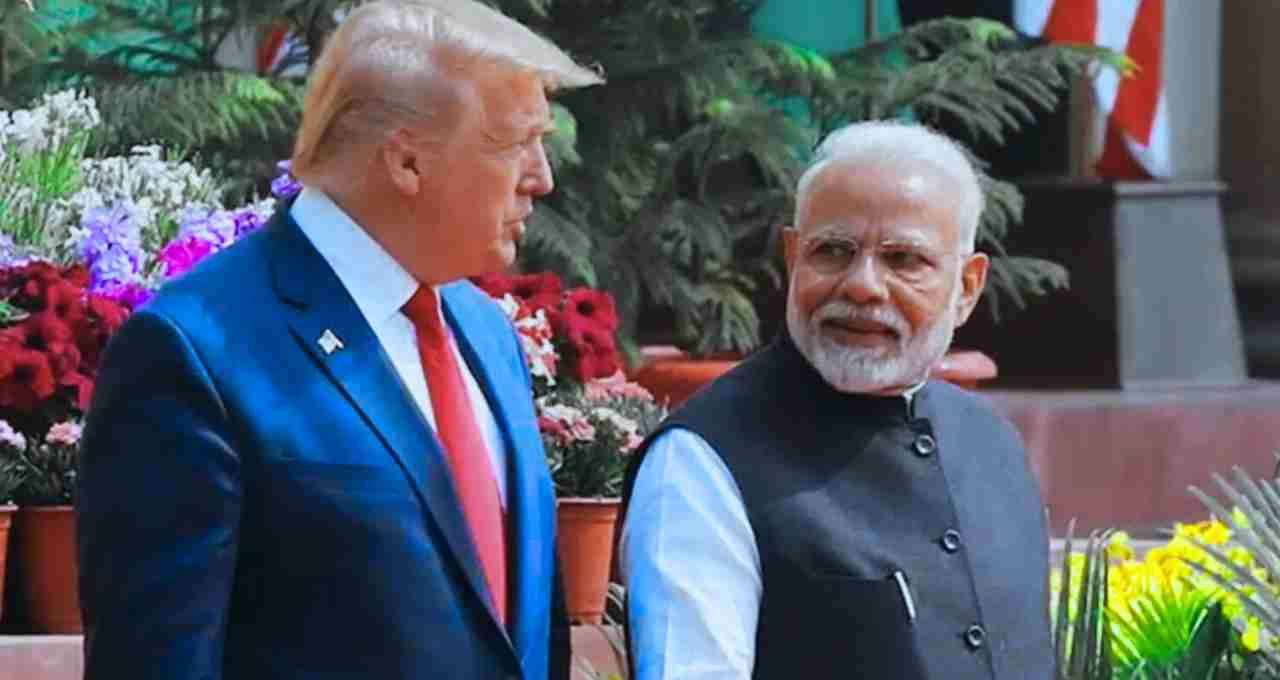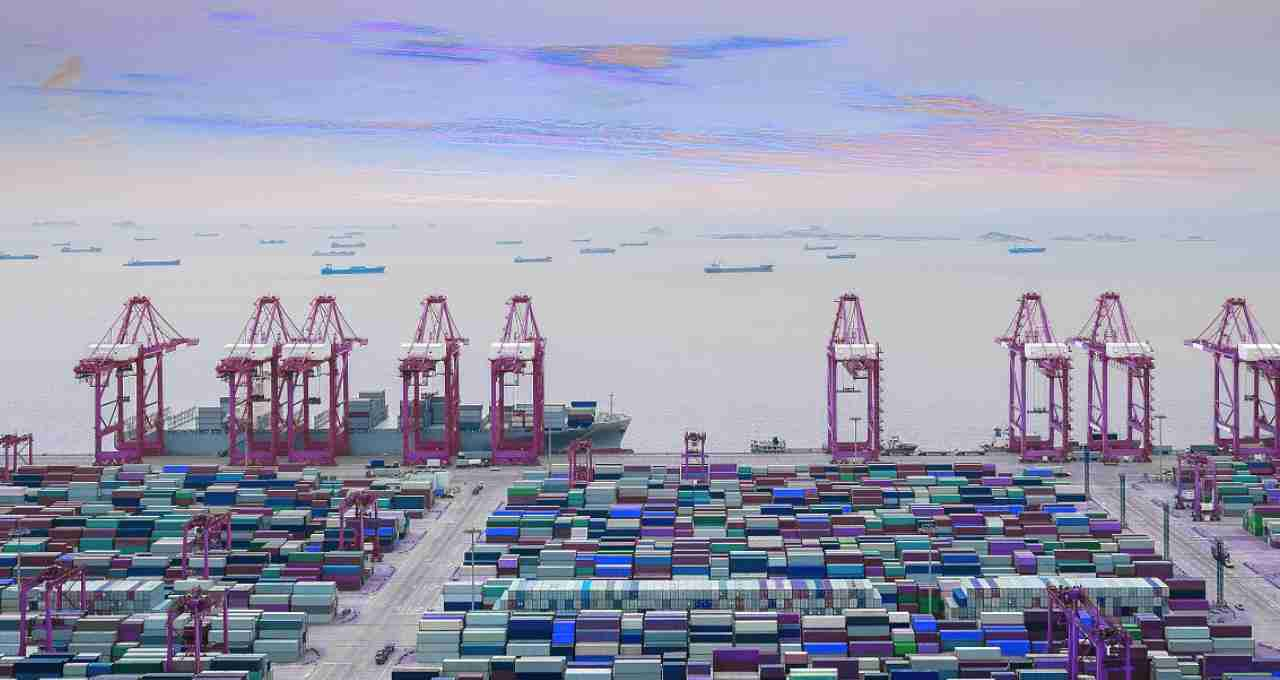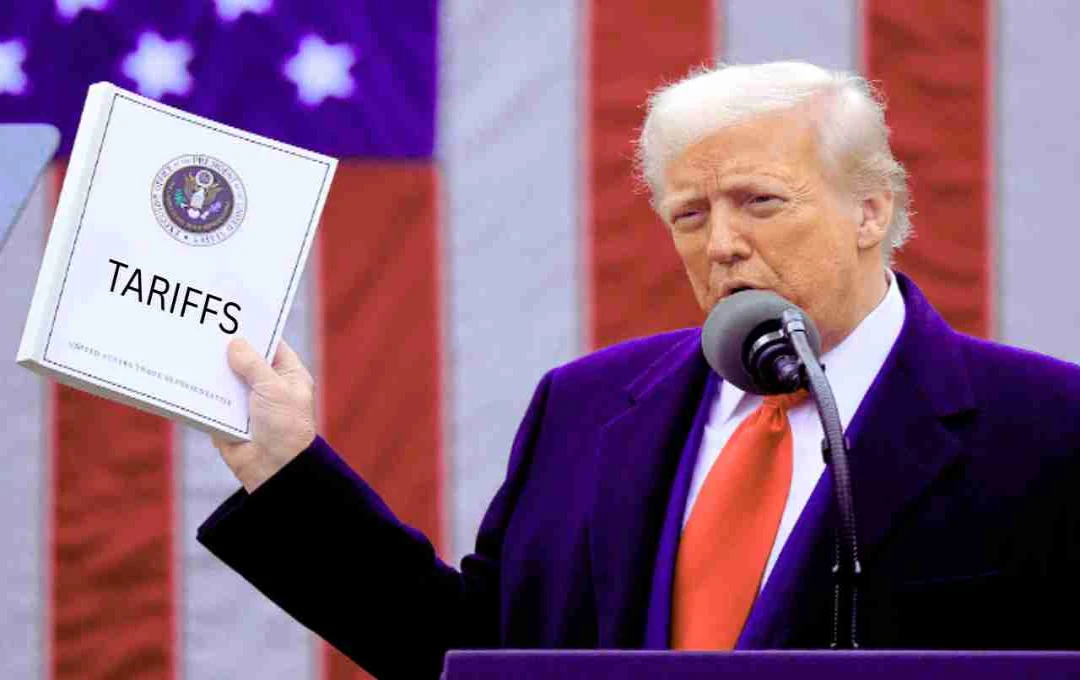The United States has once again released its list of import tariffs for countries around the world. This time, the list includes a total of 69 countries, each subject to different tariff rates. India is also included, initially facing a 25 percent tariff. However, India has received a slight reprieve, as this tariff will now be implemented from August 7, 2025, instead of August 1. This provides India with a week's extension.
Trump Signed the Order
U.S. President Donald Trump signed this tariff order late Thursday night. The order will come into effect from August 7. According to the White House, this decision is part of America's "reciprocal trade" policy, where it seeks that countries it trades with also accept equal and beneficial terms for the U.S.
Heavy Duties Imposed on Several Countries
The new U.S. list includes very high duties on some countries. Syria faces the highest tariff at 41 percent. This is followed by Switzerland at 39 percent, Laos and Myanmar at 40 percent, Iraq and Serbia at 35 percent, and Libya and Algeria at 30 percent. These rates are based on how balanced America's trade relations are with these countries.
Why a 25 Percent Duty on India?

The U.S. has imposed a 25 percent tariff on India. America believes that its trade deficit with India is continuously increasing, and there is an imbalance in import-export between the two countries. This is why India has been placed on the list where high tariff rates are being applied. Countries like Vietnam and Taiwan will also face tariffs between 20 and 25 percent along with India.
Last-Minute Attempts at Agreements
According to sources, the U.S. had given several countries a deadline until Friday to reach a last-minute agreement with the U.S. and avoid heavy tariffs. Some countries have reached agreements, while others still need to negotiate further. India is also in diplomatic discussions with the U.S. to seek some relief in the tariff rates.
Default Tariff Also Announced
Under this new tariff policy, a default tariff rate of 10 percent will be applied to countries not included in the U.S. list. This means that this general rate will apply to countries with whom the U.S. does not have a specific trade relationship or those without a separate agreement. This makes it clear that the U.S. now wants to weigh every trade relationship on the scales of profit.
Why the Order Was Postponed Until August 7
According to the U.S. administration, the decision not to implement the tariff until August 7 was taken to implement the new tariff system in an organized manner. The U.S. Department of Commerce and Customs Department need time to update import rules according to the new rates.
Fears of Impact on Global Trade

This move by the U.S. can affect not only India but also the global trade system. The U.S. is the world's largest economy, and when it changes its trade policy with any country, its impact is visible in international markets as well. The U.S. has previously imposed heavy tariffs due to trade disputes with countries like China, the European Union, and Canada.
Tariffs Will Increase Concerns of Companies
Many Indian companies send goods to the U.S. on a large scale, especially in the textile, pharma, steel, auto parts, and IT sectors. If a 25 percent tariff is implemented, the costs of these companies will increase, and their profits may decrease. This could also affect exports from India to the U.S. This is why business organizations and exporters' associations are closely monitoring this order.
What is America's Thinking?
Donald Trump has been in the news before for his "America First" policy. He believes that the U.S. should benefit more from its trade partners, and if that is not happening, they should pay the price. This is why tariffs have become a weapon that the U.S. is using to put pressure on other countries.














